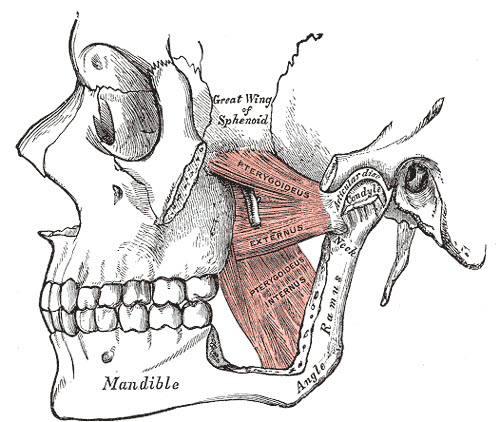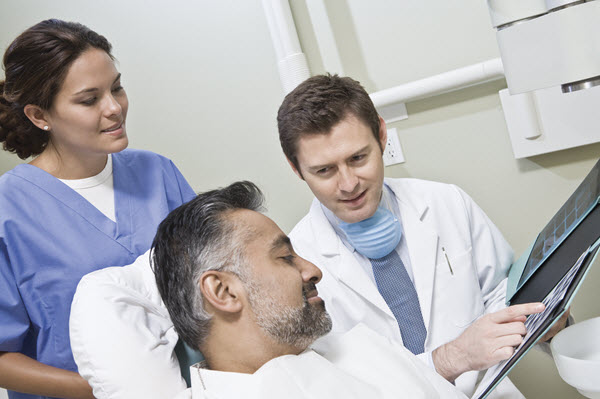The Guide to TMJ Disorder Diagnosis and Treatment Planning

Do you have immense jaw pain? Do you hear a cracking noise in the jaw that did not exist before? Have you fallen victim to a locked jaw on more occasions than one?
If you have answered “yes” to any or all of the above questions, then you probably have TMJ or Temporomandibular Joint Disorder. Let us see how to evaluate and treat it.
Evaluating TMJ

The exact cause of TMJ disorder and its symptoms are not similar for everyone. Dentists and ENT specialists make most of the diagnosis based on traditional symptoms. Every doctor has a different approach and may offer different treatments. Ideally, you should consider a second opinion if detected with TMJ disorder.
To begin with, you can opt for self-evaluation if you suspect TMJ disorder. You can try the following test at home:
• Place your finger over the joint in front of your ear.
• Slightly open your jaw.
• Keep opening the jaw slowly till you can feel the joint move.
• If you hear any kind of clicking, grating or cracking noise, or if you feel any tenderness when you press on the joint, it means that you may have a temporomandibular joint disorder (TMD).
Other symptoms to look out for during TMJ evaluation include:
• Popping jaw
• Dislocated jaw
• Pain in the jaw
• Clicking jaw
• Pain under the ear
• Earache
• Stiff jaw muscles
• Pain in the neck or any part of the face
• Locked jaw (inability to completely open or close the jaw)
It is not uncommon to confuse TMJ-related headaches and earaches with ear infections or migraines. This leads to a misdiagnosis, which is why you should always go for a professional check-up to determine whether you have TMJ disease or not.
Treating TMJ
Once a complete evaluation is done, the next step is TMJ disorder treatment. Based on the cause and intensity of the problem, you will be given the suitable treatment.
Traditional Treatments
Traditional treatments focus mainly on careful examination of the occlusion and the joints. Doing so pinpoints the probable cause of TMJ Disorder. In most cases, TMJ can be treated without requiring any kind of surgical intervention. If the pain is caused due to improper bite or misalignment of the jaw, it can be treated with restorations, appliance therapy, orthodontics etc. A thorough examination is the first and foremost step for narrowing down TMJ symptoms and treatment.
Surgery

Surgery is generally the last resort when all the conservative treatments methods have been exhausted without any positive results. At the same time, one has to keep in mind that surgery may not necessarily resolve all the TMJ issues.
The surgeries are performed under general anesthesia. A minor procedure called arthrocentesis may be performed. In this procedure, the surgeon cleans the joints by dispensing sterile fluid through needles inserted into the joint area. In some cases, the surgeons may even insert a scalpel-like instrument inside the joint to remove any tissue adhesions. Further, they can reposition the disc in the joint hinge.
Arthroscopy is another type of surgery that can be performed. The surgeon makes a slight incision at the temple point in front of the ear. This helps in reaching an endoscope into the surrounding area, which enables the surgeon to get a visual guide. With the help of this, the surgeon can effectually reposition the disc, remove any adhesions or treat inflammation.
The option of an open-joint surgery is also considered for certain cases. This may be the only option which can provide access to deteriorating bony structures, chipped bone areas, severe scarring or tumors. Based on the problem, the surgeon may use a scalpel to remove or re-sculpt the affected area.
Alternative Treatments
These treatments are considered as less conservative and totally avoidable if you receive appropriate diagnosis and treatment right from the beginning. Alternative TMJ treatments include ultrasound, transcutaneous electrical nerve stimulation (TENS), radio wave therapy and trigger-point injections.
In TENS and radio wave therapy, you send low levels of electrical and radio waves of energy respectively to the affected area. This helps in stimulating the blood flow to the concerned joint and the surrounding area. The options that fall within the alternative treatment merely provide temporary and limited symptomatic relief instead of treating the primary causes of TMD.
TMJ disease can be extremely painful if not treated quickly. Do not rely on self-diagnosis and always consult a doctor. Make sure you get the symptoms and cause accurately so that the right TMJ pain treatment can be administered for positive results.
Shen Chao
Shen Chao is part of Dr. Joshua Hong’s Smile Clinic. While working for the Smile Clinic, he’s gained first hand experiences into the questions and concerns that dental patients have. He has been writing to inform people about various dental topics to help his readers improve their oral health. When he’s not working, you can find him on a hiking trail with his dog or having a Sunday cook-out with friends.

